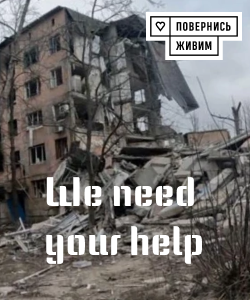A large-scale industrial disaster occurred in the port city of Bandar Imam Khomeini in southern Iran, resulting in loss of life and numerous injuries among local residents and workers
According to the latest reports, the number of casualties has already exceeded 500 people, with at least 516 individuals wounded as a result of a powerful explosion and subsequent fire that took place on Saturday, April 26. The incident happened at one of the country's main trading facilities — Shahid Rajaee Port, which is a key hub for container shipments in Iran. This port plays a particularly important role in the national transportation system, handling approximately 80 million tons of goods annually. The explosion and fire caused chaos and significantly disrupted logistical chains, complicating access to vital cargo. According to information from international agencies and local sources, the tragedy may have been caused by careless handling of flammable materials stored on the port’s premises. Iranian law enforcement agencies are currently investigating the circumstances of the incident, but there have been no official statements yet regarding the exact causes. Of particular concern is a video circulated on social media showing large clouds of black smoke emanating from the site of the explosion, as well as shattered glass scattered several kilometers from the epicenter of the impact. Commentators and residents in the comments under the video note that the explosion's effects were powerful — many buildings in nearby areas sustained serious damage, and glass was broken even quite far from the scene. Witnesses report enormous sound waves and vibrations felt over extensive parts of the city. Preliminary, unverified reports indicate that among the injured are some individuals who died at the scene due to burns and injuries. Local authorities are refraining from comments about the precise cause of the incident, citing the need for an investigation and assessment of the damages. Social media speculation suggests possible technological causes, as well as theories about issues with outdated equipment under international sanctions and a low level of safety measures compliance. This incident once again highlights the vulnerabilities of Iran’s infrastructure, where industrial accidents occur quite frequently, especially at facilities with outdated equipment and amid economic sanctions that hinder maintenance and modernization efforts. Such events raise concerns not only due to human casualties but also because of potential impacts on the country's economy and its international image regarding industrial safety. Overall, many questions remain open about the well-being of the victims, the reasons behind the tragedy, and the measures the Iranian authorities will take to prevent similar incidents in the future. At the same time, the international community and experts are raising issues related to safety and control over the use of potentially hazardous materials in high-risk zones, including in transportation systems and chemical storage. This event serves as another reminder of the need to strengthen oversight and improve safety conditions at critical infrastructure facilities, which remain vulnerable due to outdated technologies and external factors such as sanctions. Now, the Iranian authorities face a serious challenge — to thoroughly investigate the incident and implement measures to minimize risks in the future, because human lives are the highest priority and safety must remain an essential focus under any circumstances.

